Table Of Content
- How to Properly Clean Your Backpack
- Cleaning Basics
- Deep Cleaning Tips
- Storage and Maintenance
- Tips for Storing Your Backpack When Not in Use
- Clean and Dry Your Backpack Thoroughly
- Store in a Cool, Dry Place
- Avoid Compressing Straps and Zippers
- Use a Dust Bag or Cover
- Repairing Minor Wear and Tear on Your Backpack
- Inspect the Damage
- Reinforce Stitching
- Patch Up Holes
- Replace Worn Out Parts
- Keeping Zippers and Buckles in Good Condition
- Regular Maintenance is Key
- Cleaning Zippers and Buckles
- Inspect and Replace When Necessary
- Proper Usage and Gentle Handling
- Waterproofing Your Backpack for Outdoor Adventures
- Importance of Waterproofing
- Simple Steps for Waterproofing Your Backpack
- Preventing Mold and Mildew Growth on Your Backpack
- Keep It Dry
- Clean Regularly
- Avoid Stuffing It Away
- Use a Mold Inhibitor
- Inspect for Mold
- Why Properly Adjusting Straps and Belts is Important
- Comfort Equals Convenience
- Stability and Balance
- Preventing Injuries
- Choosing the Right Cleaning Products for Your Backpack Material
- Nylon and Polyester Backpacks
- Canvas and Cotton Backpacks
- Leather Backpacks
- Inspecting Your Backpack for Damage Before Each Trip
- Why is Backpack Maintenance Important?
- Signs to Look Out For
- How to Inspect Your Backpack
- Takeaways for Backpack Longevity
- Frequently Asked Questions (FAQs)
Are you an avid adventurer who relies on your trusty backpack for every journey into the great outdoors? If so, you understand the importance of maintaining and caring for your backpack to ensure its longevity. Backpack maintenance ensures your gear remains reliable and durable for future expeditions.
Proper care and maintenance of your backpack can significantly extend its lifespan, allowing you to embark on countless adventures without worrying about wear and tear. From cleaning your backpack after each trip to storing it properly when not in use, there are several essential tips that every outdoor enthusiast should follow to keep their backpack in top condition.
In this comprehensive guide on backpack maintenance, we will delve into the best practices for cleaning and caring for your backpack to ensure its longevity. Whether you’re a seasoned hiker, camper, or traveler, these expert tips will help you preserve the integrity of your backpack so that it can accompany you on many more memorable journeys. So, let’s dive into the world of backpack care and maintenance to keep your gear in pristine condition for years to come.
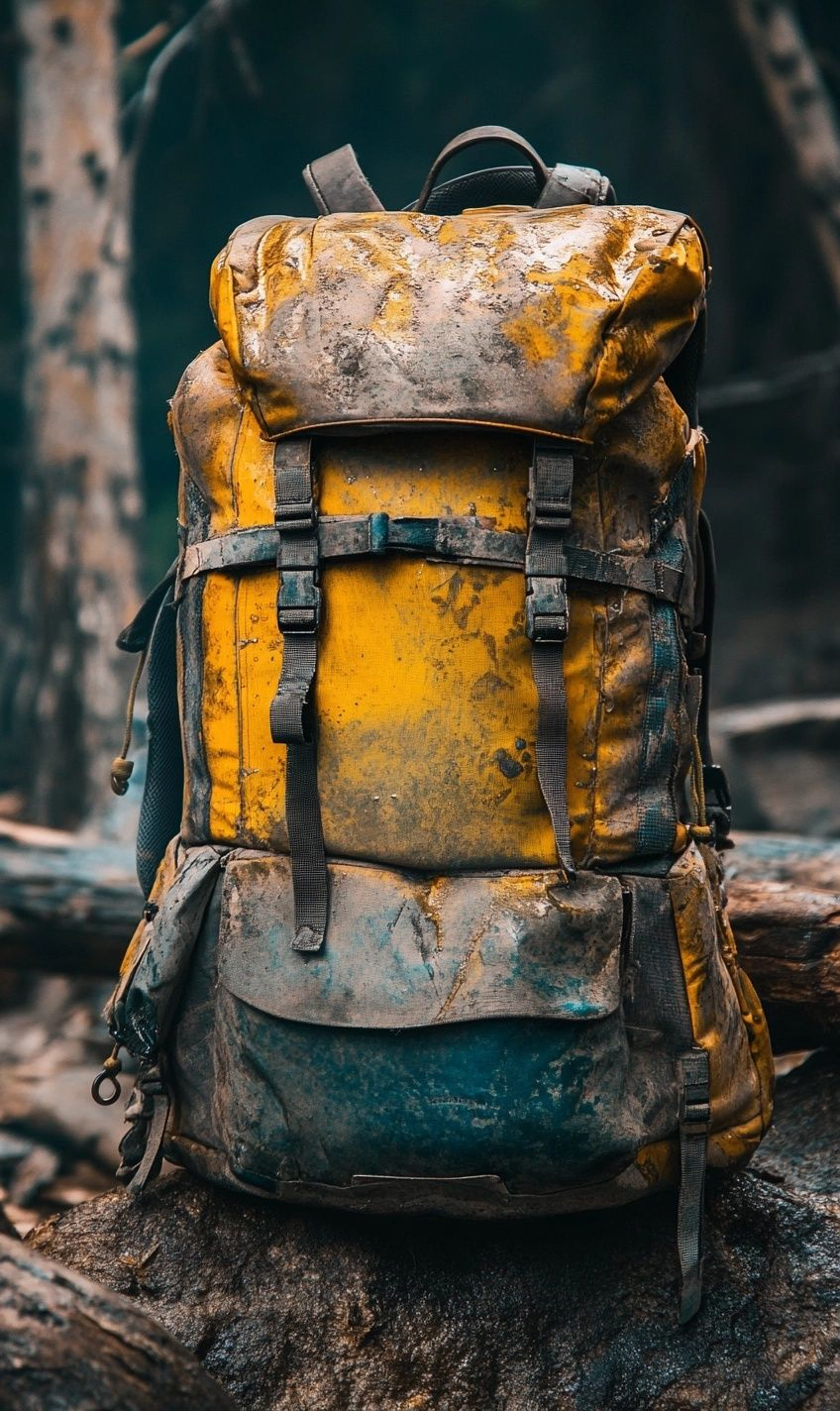

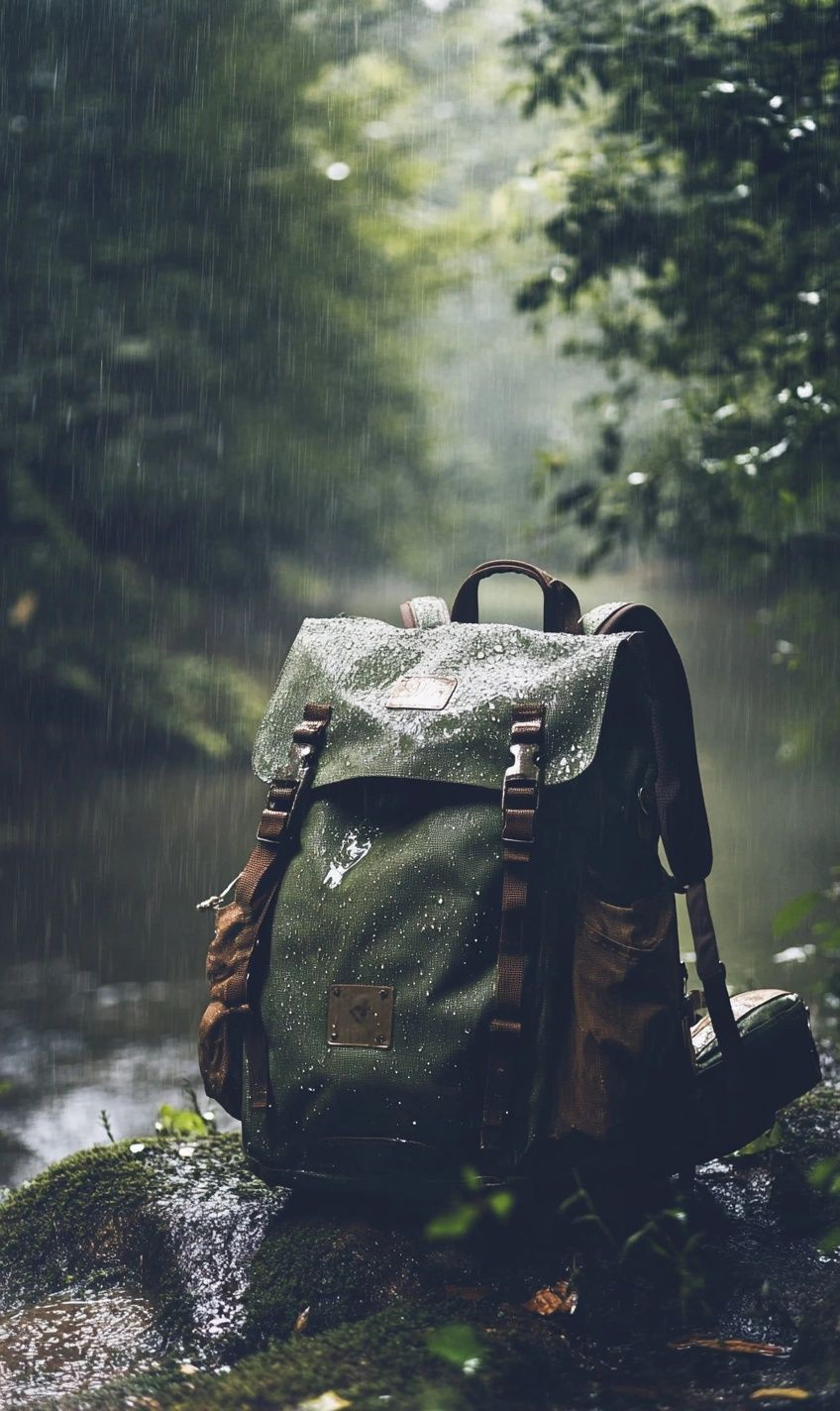
How to Properly Clean Your Backpack
Alright, fellow adventurers! Let’s dive into the essential task of backpack maintenance. Keeping your trusty pack clean and well-cared for is crucial for its longevity and performance. Let’s roll up our sleeves and get those backpacks gleaming!
Cleaning Basics:
So, how do we give our backpacks some tender loving care? Here are some simple steps to follow:
- Always check the manufacturer’s cleaning instructions for your specific backpack material.
- Empty all the pockets and compartments, shake out debris, and remove detachable parts.
- Use a mild detergent with warm water to gently scrub the backpack’s exterior with a soft brush.
- Rinse thoroughly with clean water and let it air dry completely before storing.
Deep Cleaning Tips:
Sometimes, our backpacks need a bit more than just a surface wash. Here’s how you can deep clean your pack:
- Remove stubborn stains with baking soda and water paste, and apply with a soft cloth.
- To combat odors, sprinkle baking soda inside the bag, let it sit overnight, and vacuum it out the next day.
- For mold or mildew, use vinegar and water to scrub affected areas before rinsing thoroughly.
Storage and Maintenance:
Proper storage can significantly extend the life of your backpack. Here’s how you can keep it in top shape:
- Store your backpack in a cool, dry place away from direct sunlight to prevent fading and material breakdown.
- Avoid overloading your pack beyond its capacity to prevent unnecessary strain on zippers, straps, and seams.
- Regularly inspect your backpack for any signs of damage or wear and tear, addressing these issues promptly.
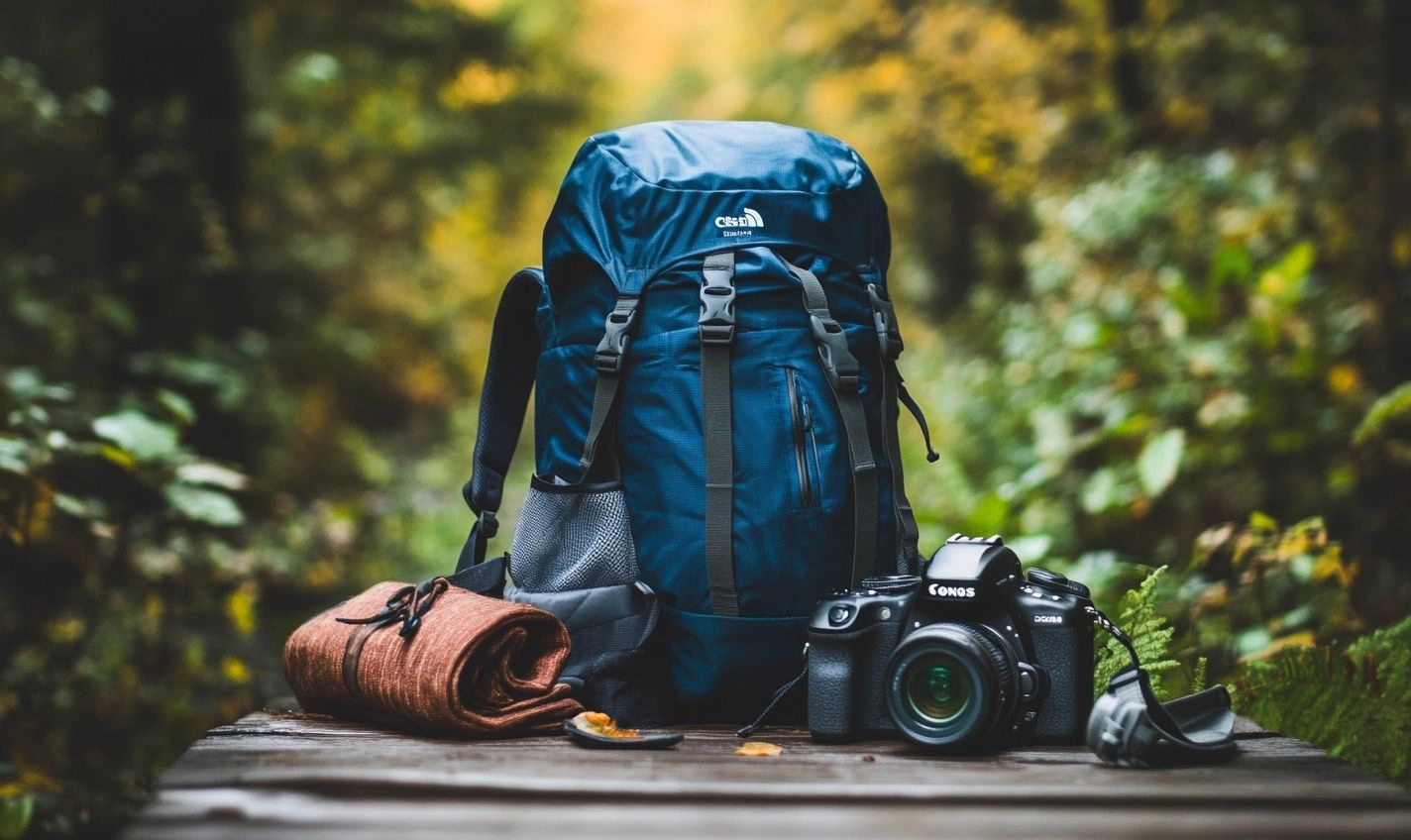
Tips for Storing Your Backpack When Not in Use
So you’ve just returned from your epic camping trip, and now it’s time to bid farewell to your trusty backpack until the following adventure calls. But before you toss it into the depths of your closet, here are some essential tips for proper storage to ensure its longevity and keep it in top shape for your next outdoor escapade.
Clean and Dry Your Backpack Thoroughly
Before storing your backpack, ensure it’s clean and scorched to prevent mold and mildew growth. Wipe the interior and exterior with a damp cloth and mild detergent, then hang it in a well-ventilated area to air out.
Store in a Cool, Dry Place
Find a spot away from direct sunlight and moisture to store your backpack. Avoid areas prone to extreme temperatures or humidity, as these conditions can damage the fabric and compromise the backpack’s integrity over time.
Avoid Compressing Straps and Zippers
Loosen all the straps and ensure all zippers are left open when storing your backpack. This prevents unnecessary stress on the materials and keeps the zippers from getting stuck or damaged during storage.
Use a Dust Bag or Cover
Consider using a dust bag or cover to protect your backpack from dust, dirt, and potential scratches while in storage. This extra layer of protection can help prolong the life of your backpack and keep it looking like new.
Remember, your backpack is a faithful companion on outdoor adventures, so show it some love and care when it’s not in use. Following these simple storage tips, you can ensure that your backpack stays in top condition and is ready for your next camping expedition.
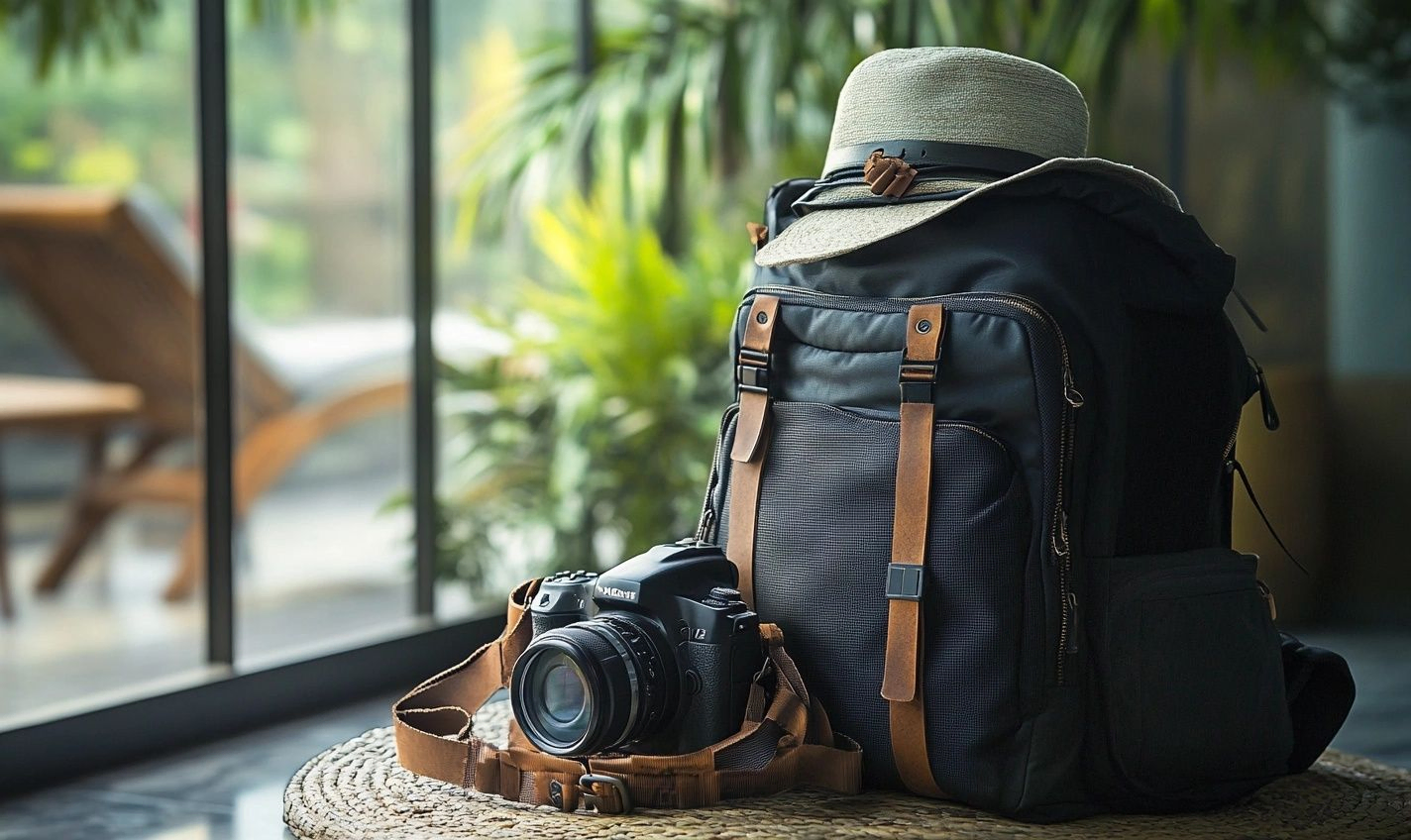
Repairing Minor Wear and Tear on Your Backpack
So, you’ve been on numerous adventures with your trusty backpack, and it’s starting to show signs of wear and tear. But fret not! With a little TLC, you can easily prolong the life of your backpack and keep it in top-notch condition. Let’s dive into some tips on repairing those minor damages and keeping your backpack looking and functioning like new.
Inspect the Damage
Before making repairs, examine your backpack closely to assess the extent of the wear and tear. Identify any loose stitches, frayed fabric, or damaged zippers that need attention.
Reinforce Stitching
If you notice any loose or broken stitches, grab a needle and thread to reinforce them. Stitch up any loose seams or straps to prevent further damage and ensure the structural integrity of your backpack.
Patch Up Holes
Small rips or holes in your backpack can be easily patched with gear repair tape or fabric patches. Clean the area around the damage before applying the patch for a secure fix.
Replace Worn Out Parts
Consider replacing the worn-out part with a new one for more significant damages, like a broken buckle or zipper. Most outdoor retailers offer replacement parts for popular backpack brands, making it easy to find the right fit.
Remember, caring for your backpack is like caring for a good friend. Investing time and effort into backpack maintenance ensures its longevity and reliability on all future outdoor escapades. So, don’t wait until it’s too late – show your backpack some love now!
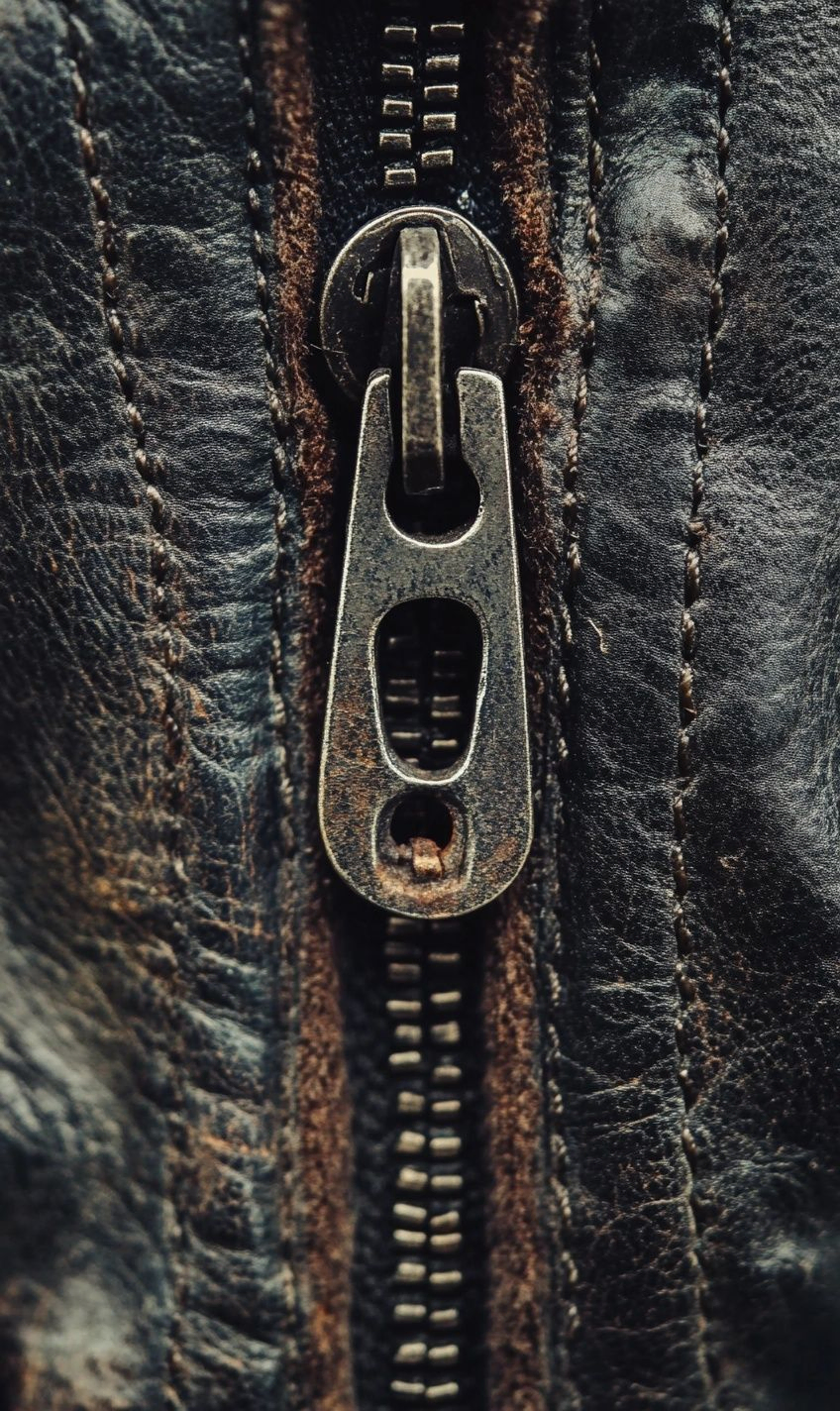
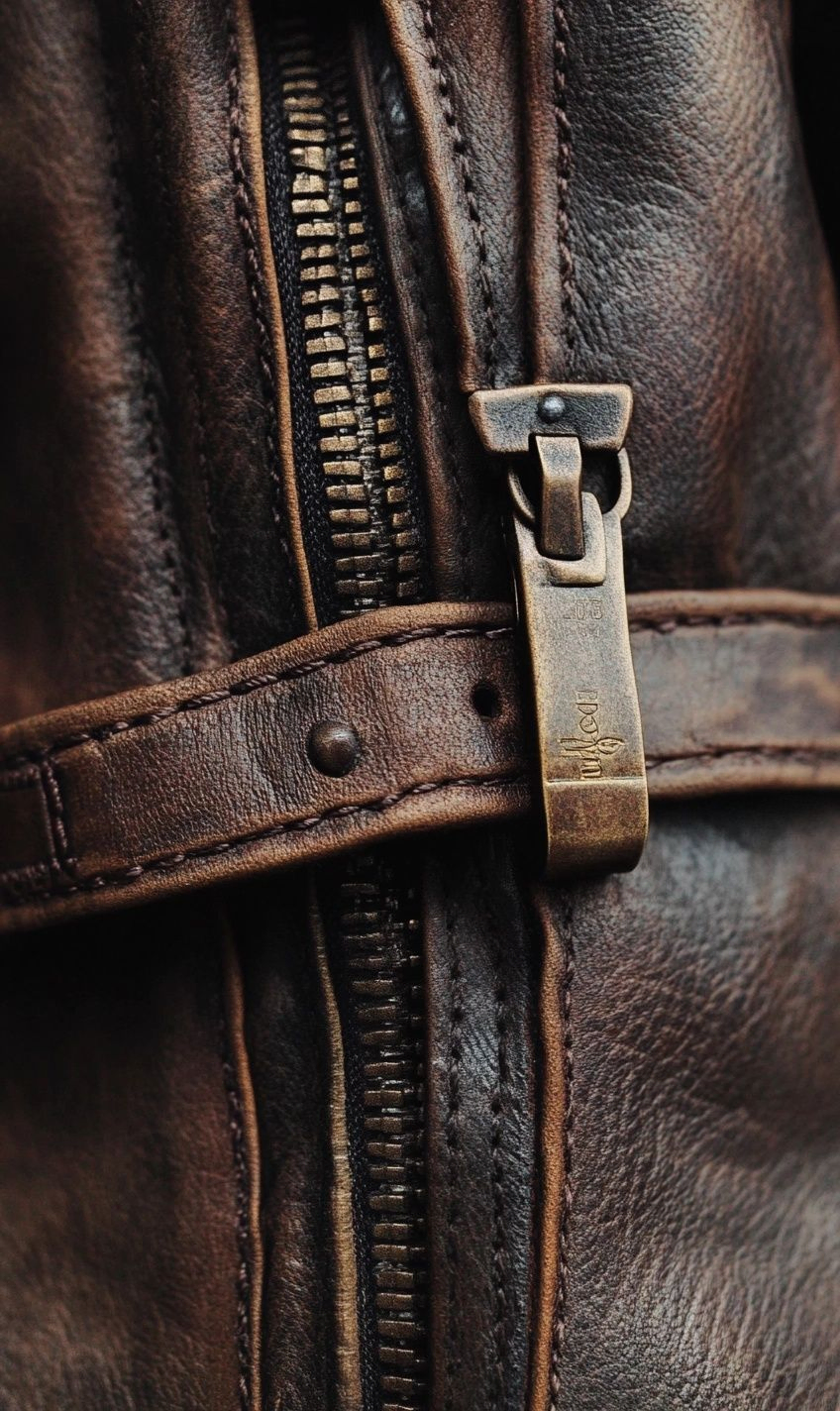
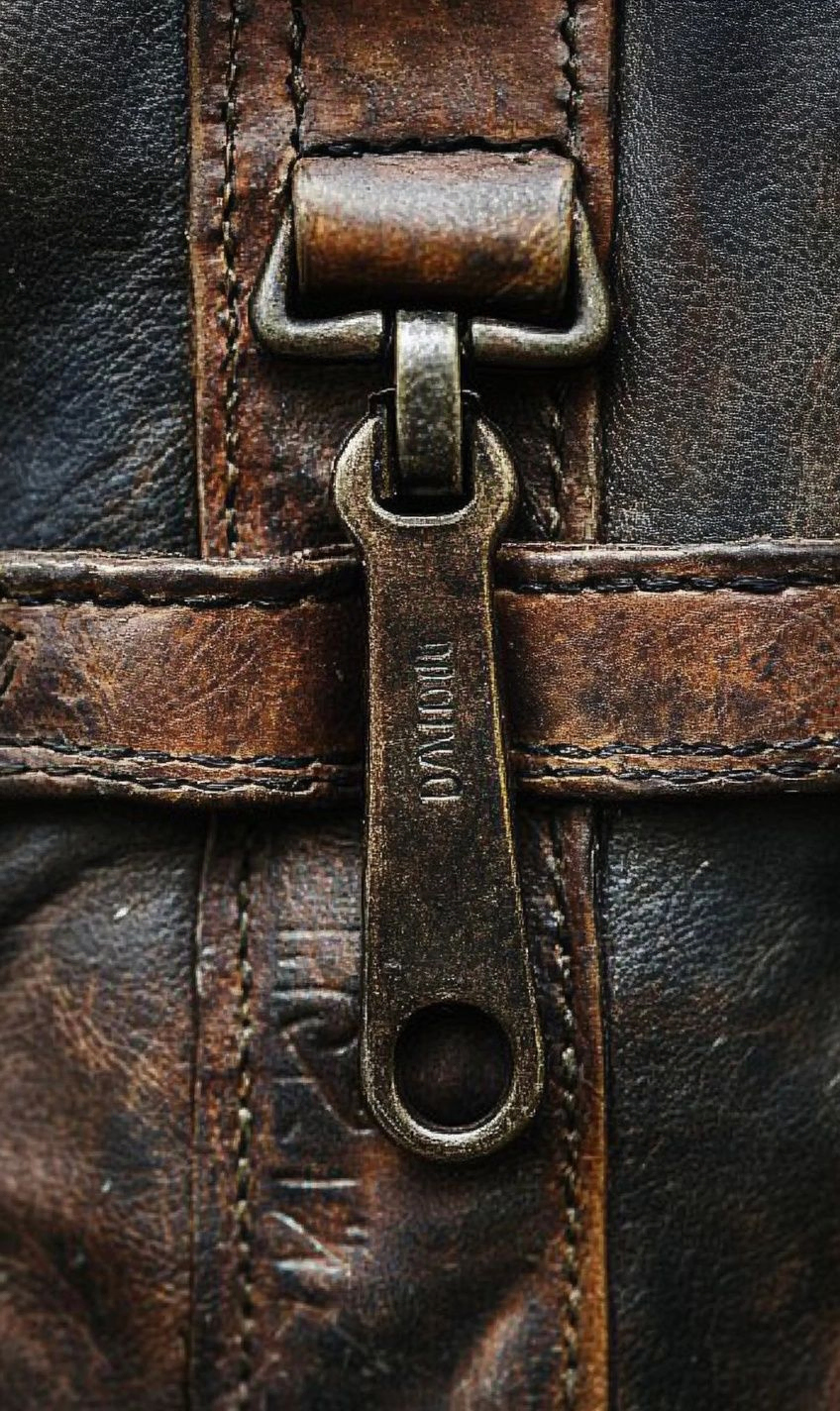
Keeping Zippers and Buckles in Good Condition
When it comes to ensuring the longevity of your backpack, one crucial aspect to pay attention to is the zippers and buckles. These small yet mighty components play a significant role in keeping your gear secure and easily accessible during your outdoor adventures.
Regular Maintenance is Key
Zippers and buckles require regular maintenance to function correctly like any other backpack part. Proper care and attention can significantly extend their lifespan, saving you from the hassle of dealing with broken or stuck zippers in the middle of a hike.
Cleaning Zippers and Buckles
Cleaning zippers and buckles might seem small, but it can make a big difference in their performance. Use a soft brush to remove dirt and debris causing them to stick. A mild soap solution can also help clean and lubricate the mechanisms.
Inspect and Replace When Necessary
Regularly inspect your zippers and buckles for signs of wear and tear. If you notice damage, such as missing teeth on the zipper or a broken buckle, it’s essential to address it promptly. In some cases, replacing the damaged part can be a more cost-effective solution than trying to repair it.
Proper Usage and Gentle Handling
Proper handling of zippers and buckles can go a long way in ensuring their longevity. Avoid yanking on zippers or forcing buckles to close, as this can cause unnecessary strain on the components. Gentle handling and taking the time to zip and unzip carefully can prevent premature damage.
- Always secure the zipper pull in the designated lock when not in use to prevent accidental openings.
- Please do not overload your backpack beyond its capacity, as this can put excessive pressure on zippers and buckles.
- Consider using a small amount of silicone lubricant on zipper teeth for smooth operation, but be cautious not to overapply.
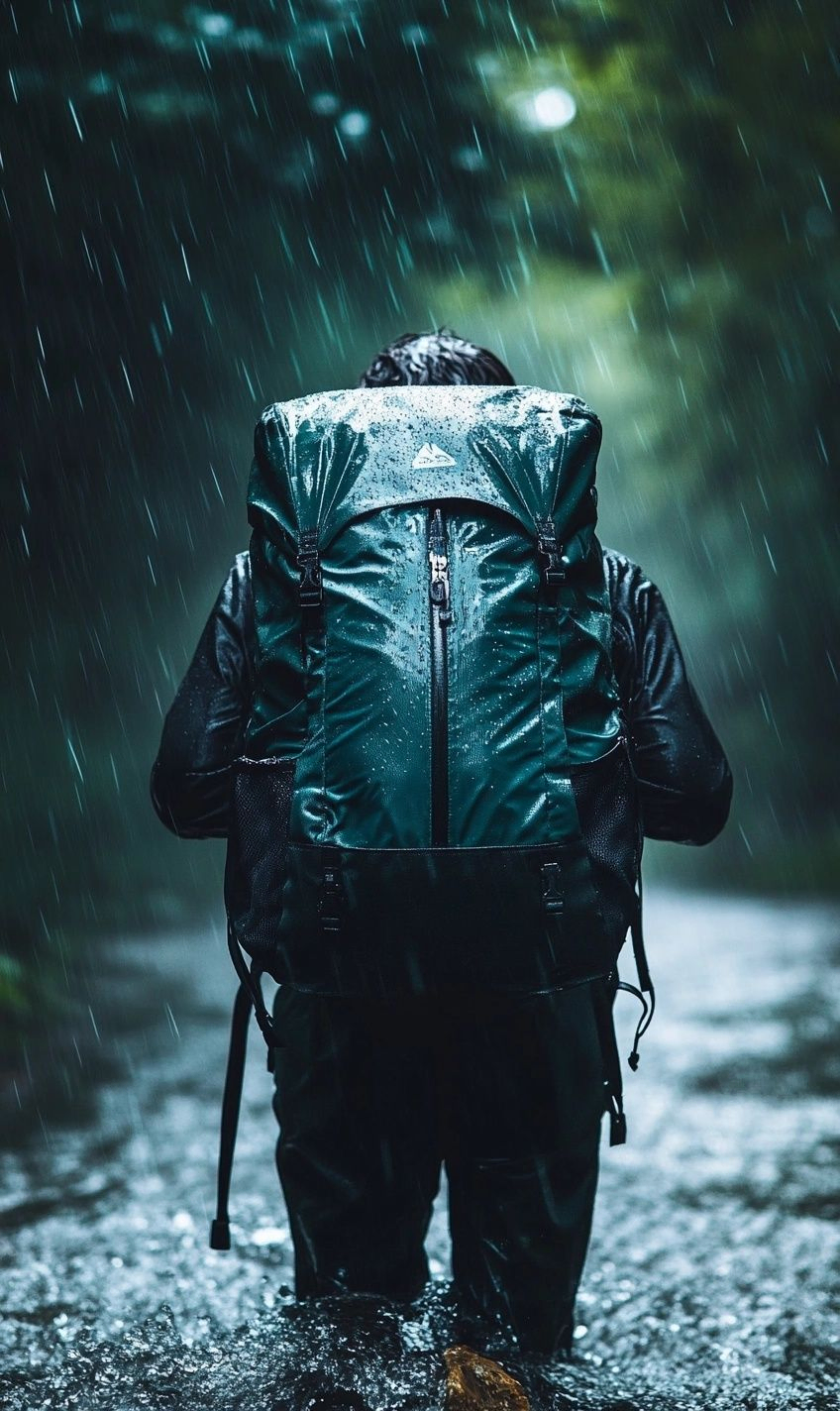
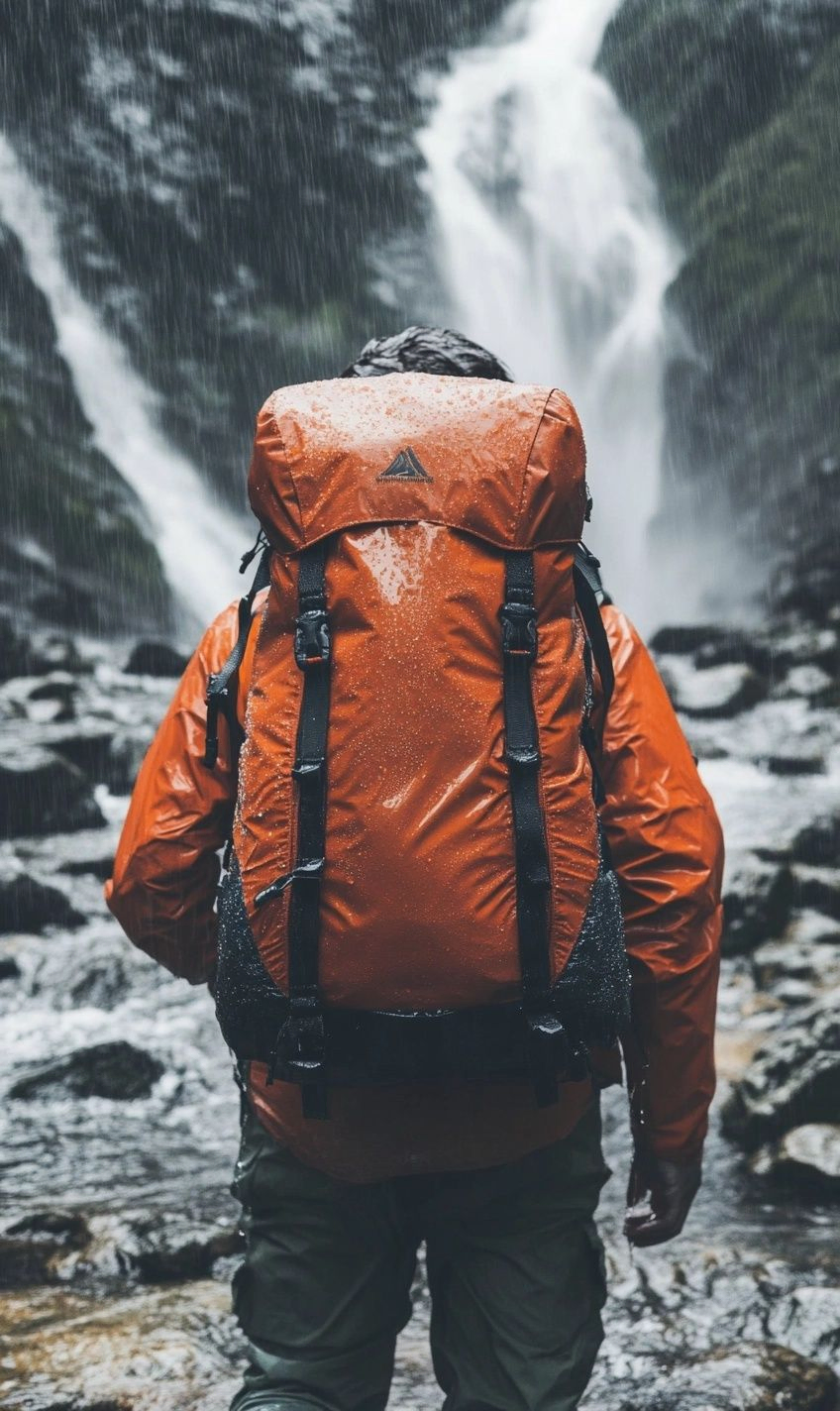
Waterproofing Your Backpack for Outdoor Adventures
As an outdoor enthusiast, you understand the value of a reliable backpack that can withstand various weather conditions. Ensuring your backpack remains waterproof protects your gear during hikes, camping trips, or any outdoor adventure.
Importance of Waterproofing
Imagine being caught in a sudden downpour during a hike, only to find your belongings soaked through because your backpack wasn’t correctly waterproofed. Not only can water damage your gear, but it can also add unnecessary weight and discomfort to your journey.
Simple Steps for Waterproofing Your Backpack
- Clean Your Backpack: Before waterproofing, make sure your backpack is clean and dry. Use a gentle soap and water solution to remove any dirt or grime that could affect the waterproofing process.
- Choose the Right Waterproofing Product: Select a high-quality spray or wax suitable for your backpack material. Ensure it is compatible with the fabric to prevent any damage.
- Apply the Waterproofing Solution: Follow the manufacturer’s instructions to spray or apply the product evenly to your backpack. Pay extra attention to seams, zippers, and areas prone to water penetration.
- Allow for Proper Drying Time: After applying the waterproofing solution, allow your backpack to dry completely before using it. This ensures that the product effectively bonds with the fabric.
By regularly waterproofing your backpack, you not only extend its longevity but also protect your valuable gear from moisture damage. Whether trekking through rainforests, camping by the river, or hiking up a misty mountain, a waterproof backpack gives you peace of mind and keeps your essentials safe and dry.

Preventing Mold and Mildew Growth on Your Backpack
Imagine this: you’re all set for your next camping trip; you reach for your backpack, only to find it covered in nasty mold and mildew. It’s not exactly the ideal start to your adventure. To avoid this nightmare scenario, follow these tips to keep your backpack clean and mold-free:
Keep It Dry:
Moisture is the main culprit behind mold and mildew growth. Make sure your backpack is completely dry before storing it. Hang it out to air dry after every use, especially if it got wet during your adventure.
Clean Regularly:
Just like you shower regularly to keep yourself clean, your backpack needs some TLC, too. Cleaning your backpack regularly will prevent dirt and grime buildup, which can lead to mold growth. Use a gentle detergent, warm water, and a soft brush to clean the exterior and interior of your pack.
Avoid Stuffing It Away:
After a camping trip, it’s tempting to toss your backpack in a corner and forget about it until your next outing. But this can trap moisture inside, creating a breeding ground for mold. Instead, store your backpack in a well-ventilated area with enough breathing room.
Use a Mold Inhibitor:
Consider using a mold inhibitor if your backpack has been prone to mold growth or you live in a humid climate. Various sprays are available that can help prevent mold and mildew from taking hold of your pack.
Inspect for Mold:
Before each trip, take a few minutes to inspect your backpack for any signs of mold or mildew. If you spot any, don’t ignore it. Clean the affected areas immediately to prevent them from spreading and damaging your gear.
Following these simple yet effective steps ensures that your backpack stays mold-free and ready for your next outdoor adventure. Don’t let mold and mildew dampen your camping experience—a little prevention goes a long way!
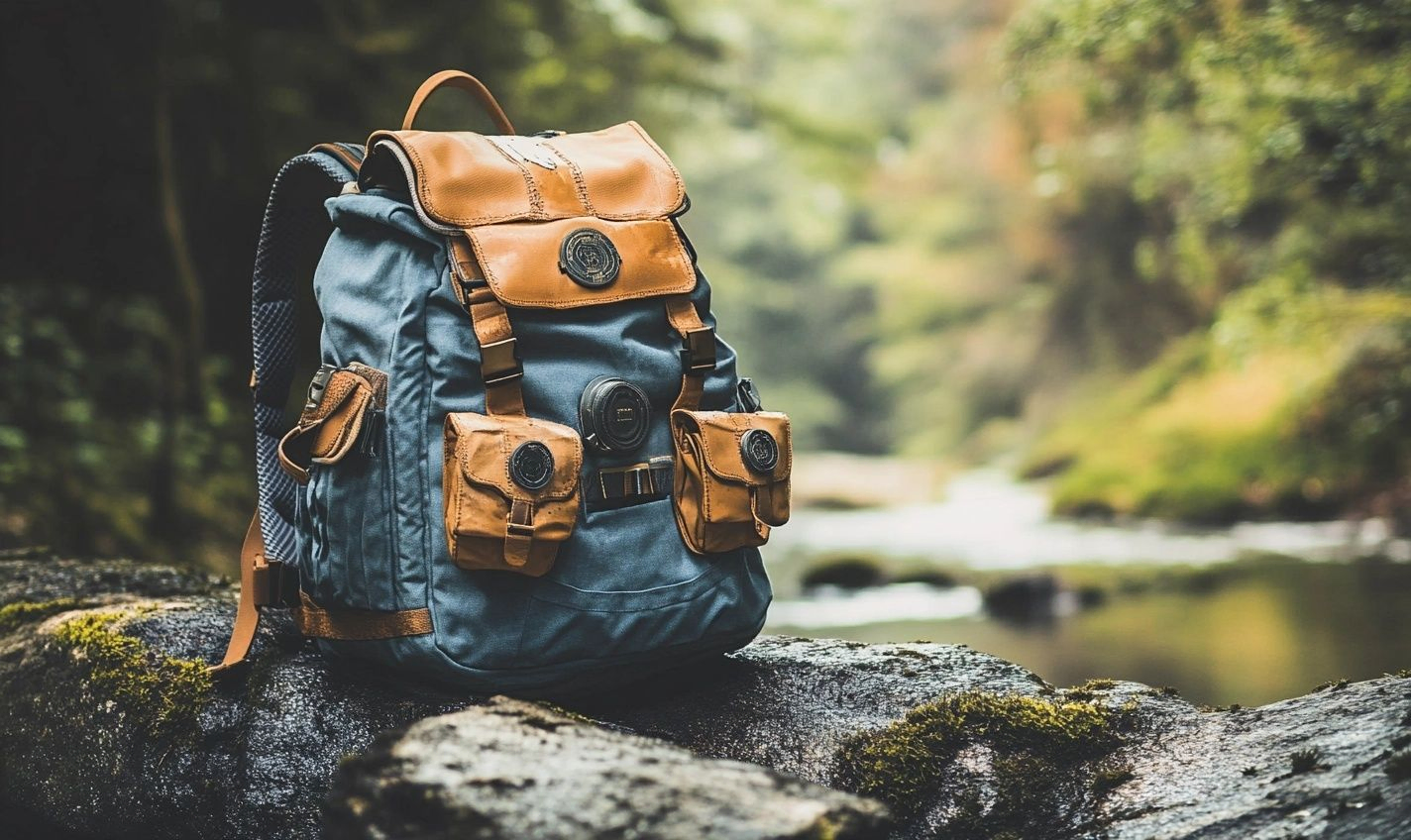
Why Properly Adjusting Straps and Belts is Important
Picture this: you’re out on a challenging hike, the sun beating down on you, and your backpack filled with all your camping gear essentials. But wait, something doesn’t feel right. Your backpack straps dig into your shoulders; your hips are aching from the weight. What could have gone wrong?
Comfort Equals Convenience
Adjusting your backpack straps and belts can improve your comfort during outdoor adventures. By ensuring the weight is distributed evenly across your shoulders and hips, you can prevent strain and discomfort, allowing you to hike for longer without feeling fatigued.
Stability and Balance
Properly adjusted straps and belts also play a crucial role in providing stability and balance while you’re on the move. Imagine navigating a steep trail or crossing a rocky stream with a bag constantly shifting and throwing you off balance. Not the ideal scenario, right?
Preventing Injuries
Besides discomfort and inconvenience, failing to adjust your straps and belts correctly can also lead to injuries. Uneven weight distribution can strain your back and shoulders, causing long-term issues that could have been easily avoided with simple adjustments.
So, next time you head out on a camping trip, take a few extra minutes to ensure your backpack fits your body correctly. Your shoulders, back, and hips will thank you for it later.
Choosing the Right Cleaning Products for Your Backpack Material
Choosing cleaning products can make a significant difference in keeping your trusty backpack in top shape. Different backpack materials require different care, and using the wrong cleaning products can cause more harm than good. Here are some tips to ensure you choose the right cleaning products for your backpack material:
Nylon and Polyester Backpacks
For durable and water-resistant nylon or polyester backpacks, opt for mild soap and water or a specialized backpack cleaner. Avoid harsh chemicals that can weaken the fabric over time.
- Use a soft-bristled brush for stubborn stains.
- Rinse thoroughly and air dry completely before storage.
Canvas and Cotton Backpacks
Canvas and cotton backpacks are more susceptible to water damage and require gentle cleaning. Choose a gentle laundry detergent or a vinegar-water solution for spot cleaning.
- Hand wash the backpack in cold water.
- Avoid using hot water or a dryer to prevent shrinking.
Leather Backpacks
Leather backpacks require special care to maintain their supple texture. Use a leather cleaner and conditioner to remove dirt and restore moisture.
- Test the cleaner on a small, inconspicuous area first.
- Avoid direct sunlight and heat to prevent drying out the leather.
Remember, each material is unique and requires specific care. By selecting the appropriate cleaning products, you can extend the longevity of your backpack and keep it looking its best for years to come.
Inspecting Your Backpack for Damage Before Each Trip
Hey, fellow outdoor enthusiasts! So, you’ve got your next camping adventure planned, excitement is in the air, and you’re ready to hit the trails. But before you embark on your journey, don’t forget to inspect your trusty backpack for any wear and tear. Just like you would check your car before a long road trip, your backpack needs some love, too!
Why is Backpack Maintenance Important?
Your backpack is like your loyal companion on all your outdoor escapades. Tossing it around, exposing it to different weather conditions, and overpacking it can take a toll. Regular maintenance will ensure its longevity and prevent unpleasant surprises during your trip. And who wants a broken strap in the middle of nowhere, right?
Signs to Look Out For:
- Torn or frayed fabric
- Loose or broken seams
- Damaged zippers or buckles
- Worn-out padding or straps
How to Inspect Your Backpack:
- Empty your backpack and lay it flat on the ground.
- Check all the seams and stitching for any signs of unraveling.
- Inspect the zippers, buckles, and straps for any damage or wear.
- Look for any holes, tears, or abrasions in the fabric.
Remember, prevention is critical. By catching these issues early on, you can address them before they worsen and potentially ruin your outdoor experience. It’s like taking your backpack to the doctor for a check-up!
Takeaways for Backpack Longevity:
- Schedule regular maintenance checks before each trip.
- Invest in quality backpacks with durable materials.
- Address minor damages promptly to prevent further deterioration.
- Properly clean and store your backpack when not in use.
Conclusion
Ensuring your backpack is well-maintained is crucial for extending its longevity and remaining a reliable companion on all outdoor adventures. Following these backpack maintenance tips, including regular cleaning, proper storage, and repairs when needed, you can enjoy your backpack for years.
Investing time in maintaining your backpack preserves its quality and saves you money in the long run by avoiding premature replacements. Treating your backpack with care and attention allows you to continue to rely on it for all your hiking, camping, or travel needs.
Remember, a well-cared-for backpack is more than just a piece of gear – it’s a trusted companion with your back on every trail and journey. So, show your backpack some love by implementing these maintenance tips, and watch as it continues to support you on countless more adventures.
Proper backpack maintenance is the key to maximizing its lifespan and ensuring it remains in top condition. By incorporating these care tips into your routine, you can enjoy the benefits of a durable and dependable backpack for all your outdoor escapades. Happy trails!
Frequently Asked Questions (FAQs)
FAQs about Backpack Maintenance and Longevity
How often should I clean my backpack?
It is recommended to clean your backpack after every trip or at least once every few months, depending on usage.
What is the best way to clean a backpack?
You can clean a backpack by hand using a gentle detergent, lukewarm water, and a soft brush or cloth. Avoid machine washing unless specified by the manufacturer.
How can I maintain the zippers on my backpack?
To maintain zippers, keep them clean and free of debris. Apply a small amount of zipper lubricant or wax to keep them running smoothly.
Is it essential to waterproof my backpack?
Yes, waterproofing your backpack can help protect your gear during rainy conditions. Use a waterproofing spray or cover for added protection.
What are some tips for maintaining the straps and buckles?
Check the straps regularly for wear and tear and tighten loose buckles. To prevent strain on the straps, avoid overloading the backpack.
Can I repair tears or holes in my backpack?
A backpack repair kit can patch small tears or holes. For more extensive damage, consider professional repair services.







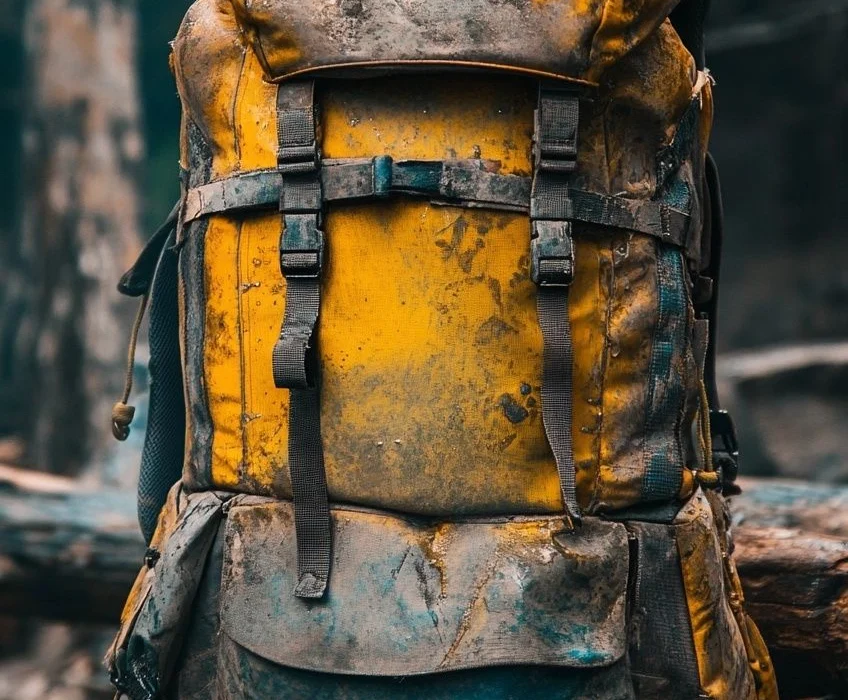


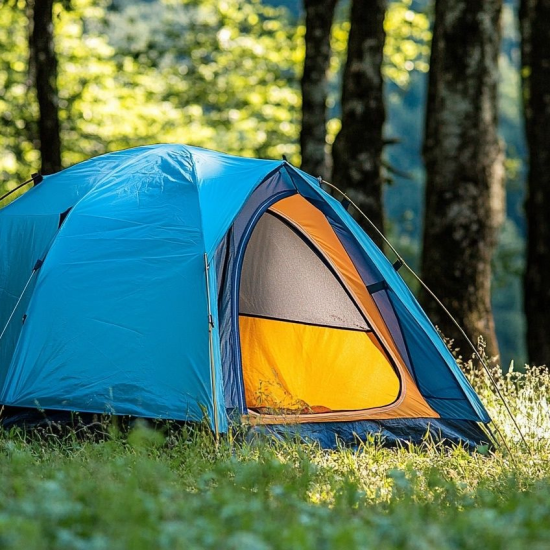


No Comment! Be the first one.